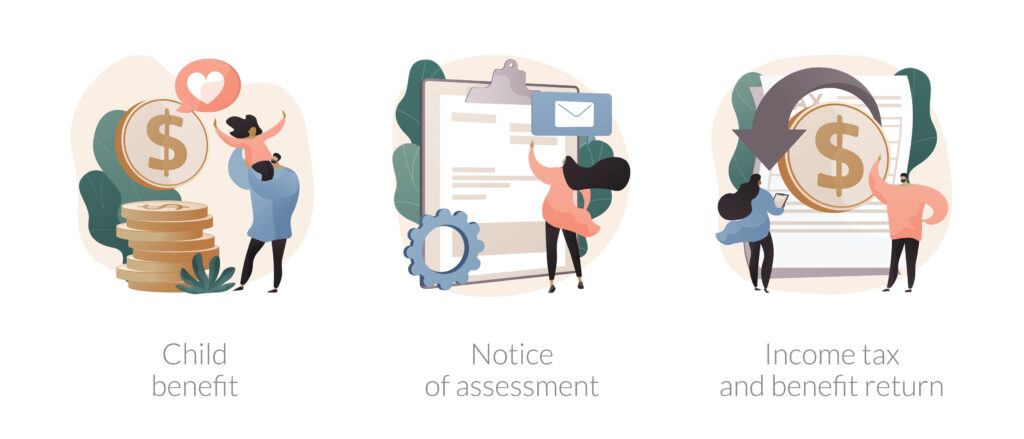Who Really Qualifies as a Dependent for Taxes?

How many dependents do you really have? Who can really be counted as a dependent? These are some of the most common questions that all taxpayers have. Can you count all of your children, live-in help, or perhaps a dog or other family pet? What about a friend who decides to crash at your place and basically mooch off you the entire year; can he or she be counted as a dependent?
As far as the IRS is concerned, there are two different kinds of dependents but there are dozens of scenarios that can fall under these two categories. There are also different rules for each type. The first type of dependent is classified as a qualifying child. The second type is a qualifying relative.
A qualifying child must be related to you, either by birth or adoption, or be a step or foster child. You must also provide more than half of the child’s total financial support and you can be the only person claiming that child on your return. To be a dependent the child must also be 18-years-old or younger, or if he or she is a full-time student, younger than 24-years-old.
The rules for being counted as a qualifying relative are much different. First, if your relative is a blood relative then he or she does not have to live with you in order to be counted. However, he or she must not provide more than half of his or her own support and that person cannot make more than $4000.
For a person who is not a blood relative to qualify as a dependent – like a lifelong friend who is down on his/her luck, or just plain lazy, or even your significant other – that person must live with you the entire year and their income must be less than $4,000 for the entire year. No one else can claim the person and you have to provide more than half of his or her financial support.
Creating a Positive Work Environment
Creating a Positive Work Environment “BEEP…BEEP…BEEP…BE-.” Hit the snooze on the alarm for the fifth time. Shower. Breakfast. Read the latest news headline on your iPad. Race off to work to begin another day in the cubicle. Since most people see their lives as highly repetitious, how do you create an environment where your employees…
Saving Lives Through Glycoproteomics | Aldo Carrascoso
Saving Lives Through Glycoproteomics | Aldo Carrascoso We hope you found this interview about “Saving Lives Through Glycoproteomics | Aldo Carrascoso” enjoyable. To receive our free newsletter, contact us here. Subscribe our YouTube Channel for more updates. This transcript was generated by software and may not accurately reflect exactly what was said. Alan Olsen, is the Host of…
Tips to Start Planning Next Year’s Tax Return
Tips to Start Planning Next Year’s Tax Return Source: IRS.gov For most taxpayers, the tax deadline has passed. But planning for next year can start now. The IRS reminds taxpayers that being organized and planning ahead can save time and money in 2014. Here are six things you can do now to make next April…
Deducting Vehicle Expenses for Your Business
Deducting Vehicle Expenses for Your Business Business traveling costs add up fast. If you own a vehicle that is primarily for business use, there are tax deductions available to you. You can choose to deduct the standard mileage rate or actual expenses. If you are unsure of what option is best for you, consider the…




